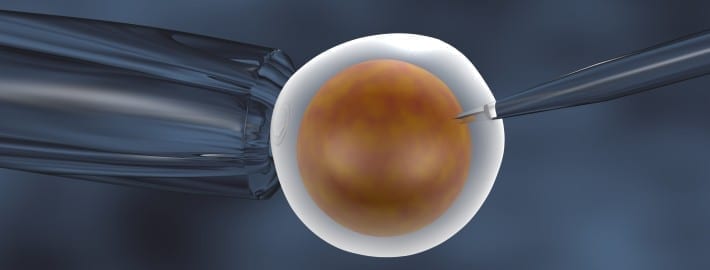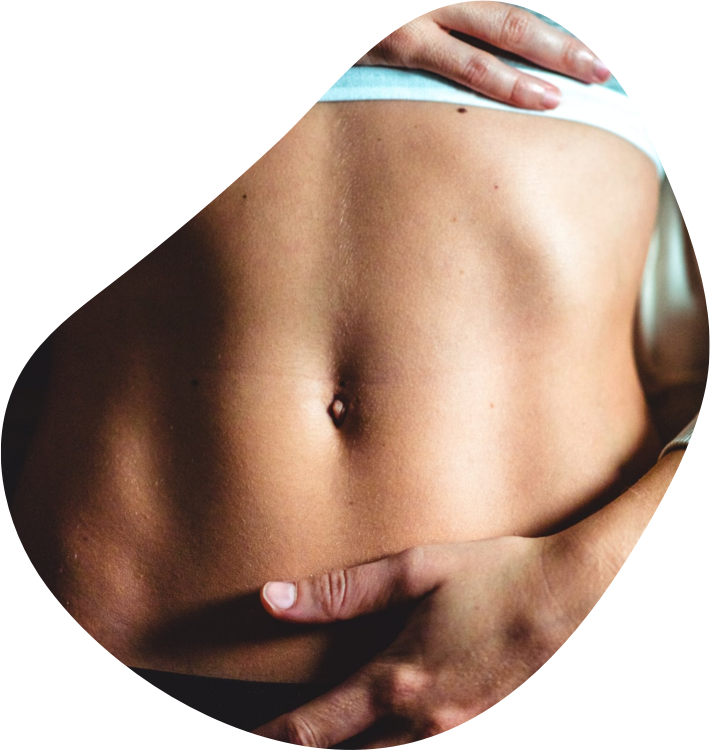The use of IVF (in vitro fertilisation) and other Assisted Reproductive Technology (ART) is becoming more widely used by Australian couples. These techniques are employed to achieve pregnancy (also known as Assisted Conception) in couples diagnosed with clinical infertility or fertility challenges. Clinical infertility is defined as not being able to conceive naturally (no assistance) within 12 months of contraception-free sexual intercourse. Spontaneous conception, on the other hand, is the ability to fall pregnant naturally, without the use of these reproductive technologies.
While ART (including IVF) certainly has its place in assisting infertile couples to conceive, some interesting new research has come to light. The University of Queensland, Australia conducted a prospective, population-based study on infertile Australian women aged 28 to 36.[i] The study followed the fertility and birth trends of randomly selected women who were born in Australia between 1973- 1978.
What was found?
- 7,280 women were surveyed
- 18.6% of these women reported a history of clinically defined infertility
- 42% of ‘clinically infertile’ women had used Assisted Reproductive Technology (including IVF)
- 58% of ‘clinically infertile’ women did not use ART treatments (untreated)
- 53% of ART treated women gave birth
- 43.8% of untreated women gave birth
- IVF was used more commonly in couples with a male factor contributing to infertility
What does this mean?
Pregnancy and birth can be achieved in more than 40% of Australian women aged 28-36 with a history of clinically defined infertility, without the use of IVF or other ART. This indicates that these couples are sub-fertile rather than infertile, and can achieve pregnancy and birth with extra time and support. Natural fertility methods like naturopathy and acupuncture can provide this support.
Naturopathy provides a thorough assessment of male and female factors (such as nutritional status, age, egg and sperm health and hormonal imbalances) contributing to subfertility and infertility. An individually tailored treatment plan is then designed for both partners to target these areas, together with education on conception timing techniques and information on additional fertility treatments as appropriate.
The majority of sub-fertile couples have good prognosis for achieving natural, spontaneous conception in the second 12 months of trying to conceive with this extra time and support.
For couples undergoing IVF or other ART treatment, naturopathy and/or acupuncture can also be a beneficial support. Naturopathy can improve the quality of the developing egg and sperm; help to create an optimal environment for implantation and help manage the emotional impact and any side effects of ART treatment. Acupuncture is also clinically proven to improve ART outcomes.
Whichever pathway couples choose, naturopathy and/or acupuncture can help to improve outcomes, the overall health of both partners, as well as the health of the future child.
To make an appointment with a naturopath or acupuncturist (or both) or to enhance your fertility, call us on 07 3367 0337 now.
[i] Herbert D, Lucke J and Dobson A. (2012) ‘Birth outcomes after spontaneous or assisted conception among infertile Australian women aged 28 to 36 years: a prospective, population based study.’ Fertility and Sterility. Vol 97(3):630-638



